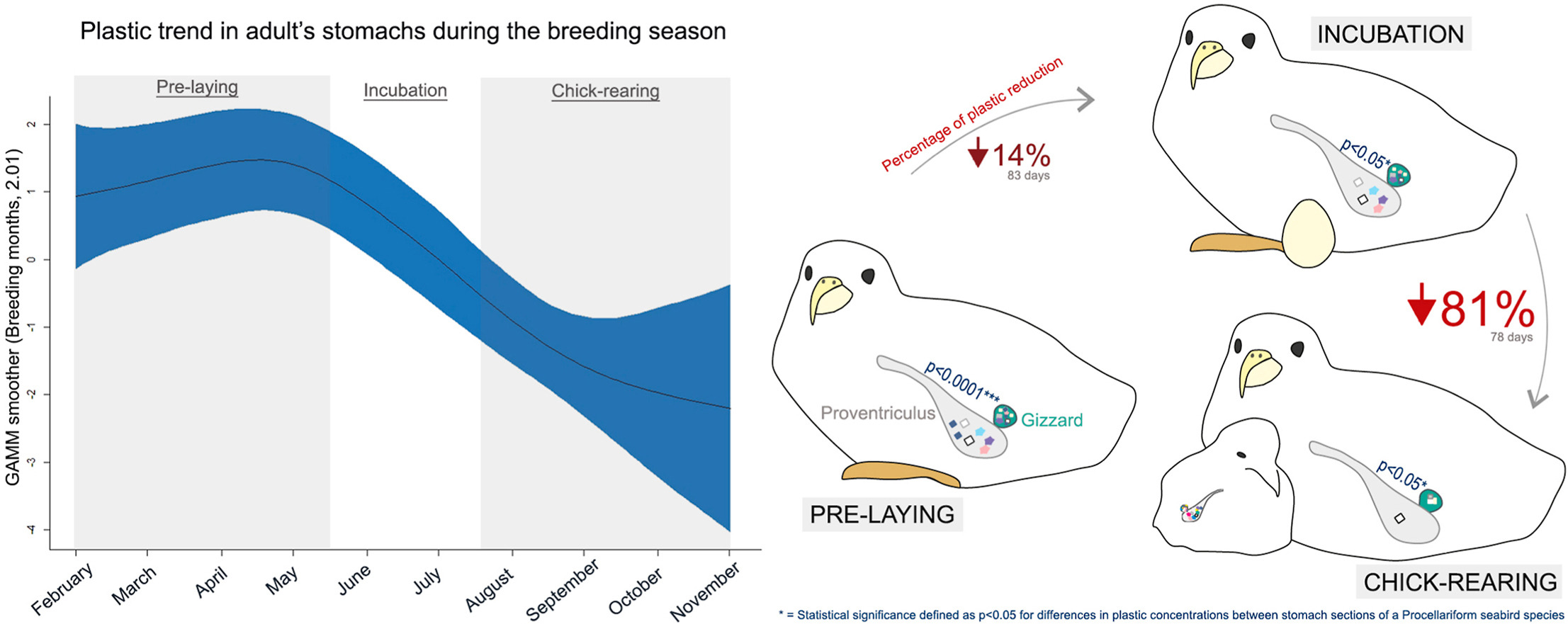
An Amsterdam Albatross broods its chick on Amsterdam Island, photograph by Jérémy Dechartre
The Albatross and Petrel Agreement has adopted its theme of "Effects of Disease" for this year's World Albatross Day on 19 June. As part of the build up to WAD2025, ACAP will hold its very first photography competition. The two albatrosses to be featured in the competition are the Endangered Amsterdam Albatross Diomedea amsterdamensis, endemic to France’s Amsterdam Island, and the Endangered Indian Yellow-nosed Albatross Thalassarche carteri, that breeds on several islands in the southern Indian Ocean. Both species are at risk to avian cholera caused by Pasteurella multocida on Amsterdam Island.

Indian Yellow-nosed Albatross at sea near Amsterdam Island, photograph by Kirk Zufelt
Photographers are encouraged to submit up to two photographs for each species for the competition to the ACAP Emeritus Information Officer at
During May the submitted photos will be reviewed by three independent judges, who will make their first, second and third choices for each species in two separate categories of pictures taken on land and at sea. Their scorings will then be totalled via a points system to identify the four winners in each of the two categories for the two species. These will then be made into four downloadable posters available for personal use that will be released during “WADWEEK”, that comes immediately before World Albatross Day on 19 June.
The three persons chosen to judge the competition are Isabelle Beaudoin of Peaks to Petrels Photography, a seabird and habitat restoration ecologist currently working on Kure Atoll in the Northwestern Hawaiian Islands, Holly Parsons, Administrator of the Albatross Lovers Facebook page, and Michelle Risi, Field Biologist with the Royal Society for the Protection of Bird’s Gough Island Restoration Programme - and currently based on Gough.
All photographs are submitted with the understanding ACAP may use them on its website and in its social media postings in the cause of albatross conservation.
John Cooper, Emeritus Information Officer, Agreement on the Conservation of Albatrosses and Petrels, 28 February 2025

 English
English  Français
Français  Español
Español 




